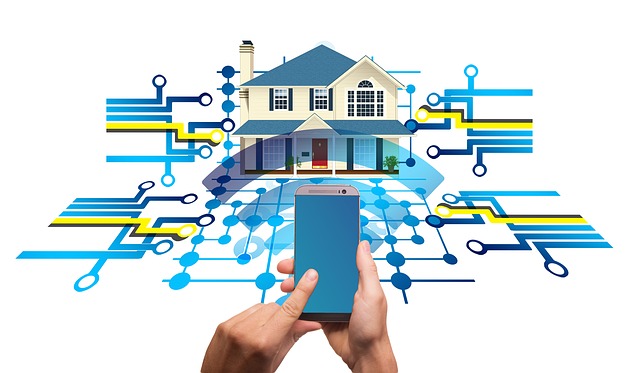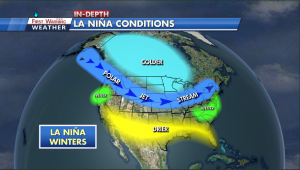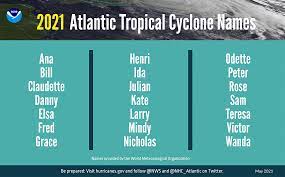In the ever-evolving landscape of modern living, technology continues to transform the way we interact with our homes. Smart home installations have become increasingly popular, not only for the convenience they offer but also for the significant savings they can bring. As an experienced electrician, I’ve witnessed firsthand the transformative impact of these systems on energy efficiency and cost reduction. In this blog, we’ll explore the ways in which a smart home installation can help you save money on your energy bills.
- Energy-Efficient Lighting: One of the most straightforward ways a smart home can save you money is through energy-efficient lighting. Smart LED bulbs can be controlled remotely, allowing you to turn them off when not needed and adjust brightness levels. This not only extends the lifespan of the bulbs but also reduces energy consumption, leading to lower electricity bills.
- Smart Thermostats for Heating and Cooling: Heating and cooling costs can make up a significant portion of your energy bills. Smart thermostats offer precise control over your HVAC system, allowing you to set schedules, monitor energy usage, and make adjustments remotely. This ensures that your home is only being heated or cooled when necessary, resulting in substantial savings over time.
- Automated Energy Management: Smart home systems can be programmed to optimize energy usage based on your daily routines. Lights, appliances, and other devices can be automated to turn off or enter energy-saving modes when not in use. This level of control helps prevent unnecessary energy consumption, translating into lower utility bills.
- Advanced Power Strips: Many devices continue to draw power even when turned off. Smart power strips can detect when devices are in standby mode and cut off power to prevent phantom energy consumption. By eliminating these energy vampires, you can see a noticeable reduction in your electricity costs.
- Real-Time Monitoring and Alerts: Smart home installations often come with real-time monitoring features. You can track your energy usage, identify areas of inefficiency, and receive alerts for unusual spikes in consumption. This transparency empowers homeowners to make informed decisions about their energy usage and take proactive steps to save money.
- Integration with Renewable Energy Sources: For those looking to take their energy savings to the next level, smart home systems can seamlessly integrate with renewable energy sources like solar panels. By optimizing the timing of energy consumption based on renewable energy availability, homeowners can further reduce their reliance on the grid and lower their overall energy costs.






